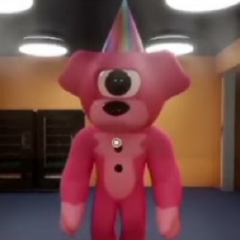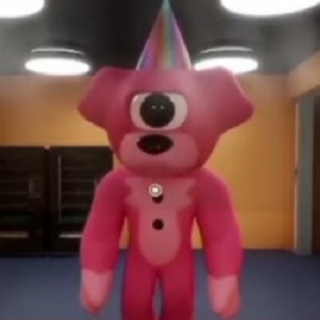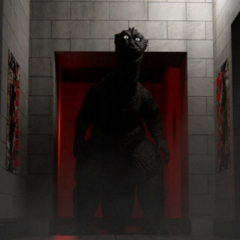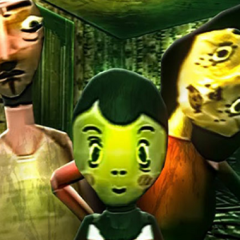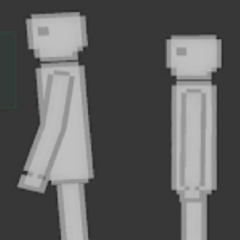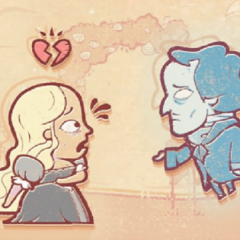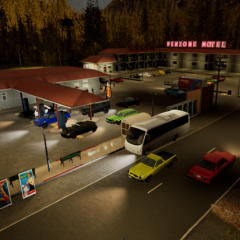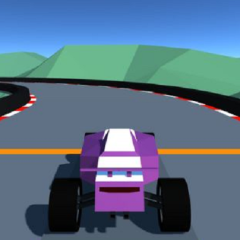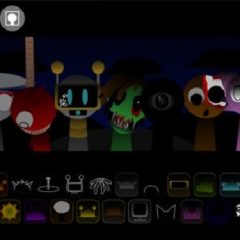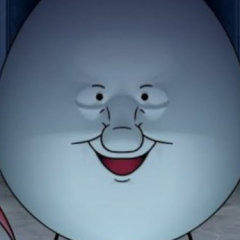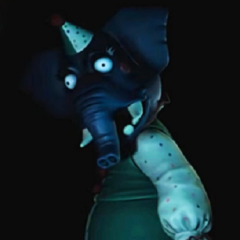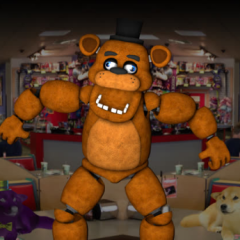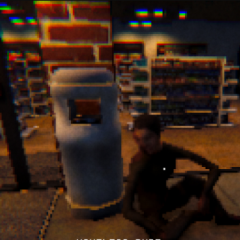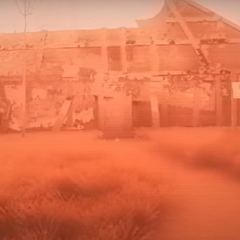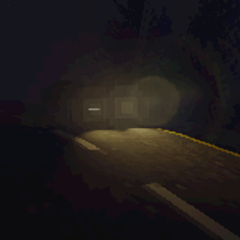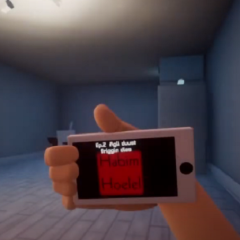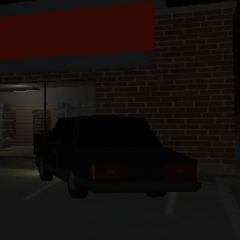Care Of Gongon begins with the player entering an empty daycare building. There are no sounds of children, no staff at the reception, and no movement inside. The goal is personal and immediate — find the missing child. The rooms are familiar in layout but stripped of life. Drawings on the walls and toys left in corners suggest activity that stopped suddenly. The game offers no dialogue, no mission list, only the environment and the player’s decision to keep moving forward.
Exploring Room by Room
The structure of the game revolves around gradual exploration. Each room holds new objects, sometimes useful, sometimes just part of the background. Progress is tied to interaction with these spaces, and the player learns the rules through movement. There is no map or guide. Instead, navigation becomes a process of memory — remembering which door was locked, which hallway shifted, and where something was missing. The daycare, though small in scale, demands attention and care.
Core Components of Care Of Gongon
· First-person exploration of an indoor location
· Puzzle progression based on environmental interaction
· A story that unfolds through objects, not dialogue
· Shifts in layout that reflect unseen activity
· A conclusion tied to what was found — or missed
These features make the game a slow uncovering of information through movement rather than direct narrative delivery.
Understanding Without Clarity
As the player explores deeper into the daycare, the normal structure of the building begins to feel altered. A hallway feels longer. A door that was closed now stands open. The game offers no explanations. Instead, it expects the player to notice, remember, and question. The clues are in the furniture, in the lights, and in what returns or disappears. The child being searched for is part of the space now, and the space is not static.
Endings Without Resolution
Care Of Gongon ends not with a conclusion, but with an observation. What is found may not bring answers, and what is missed may have been the key. The story does not complete itself — it leaves the player with a sense of presence and memory. The search was real, the rooms were walked, and something was uncovered. Whether or not the child was found, the experience remains tied to how the player explored a space that no longer behaves as expected.

